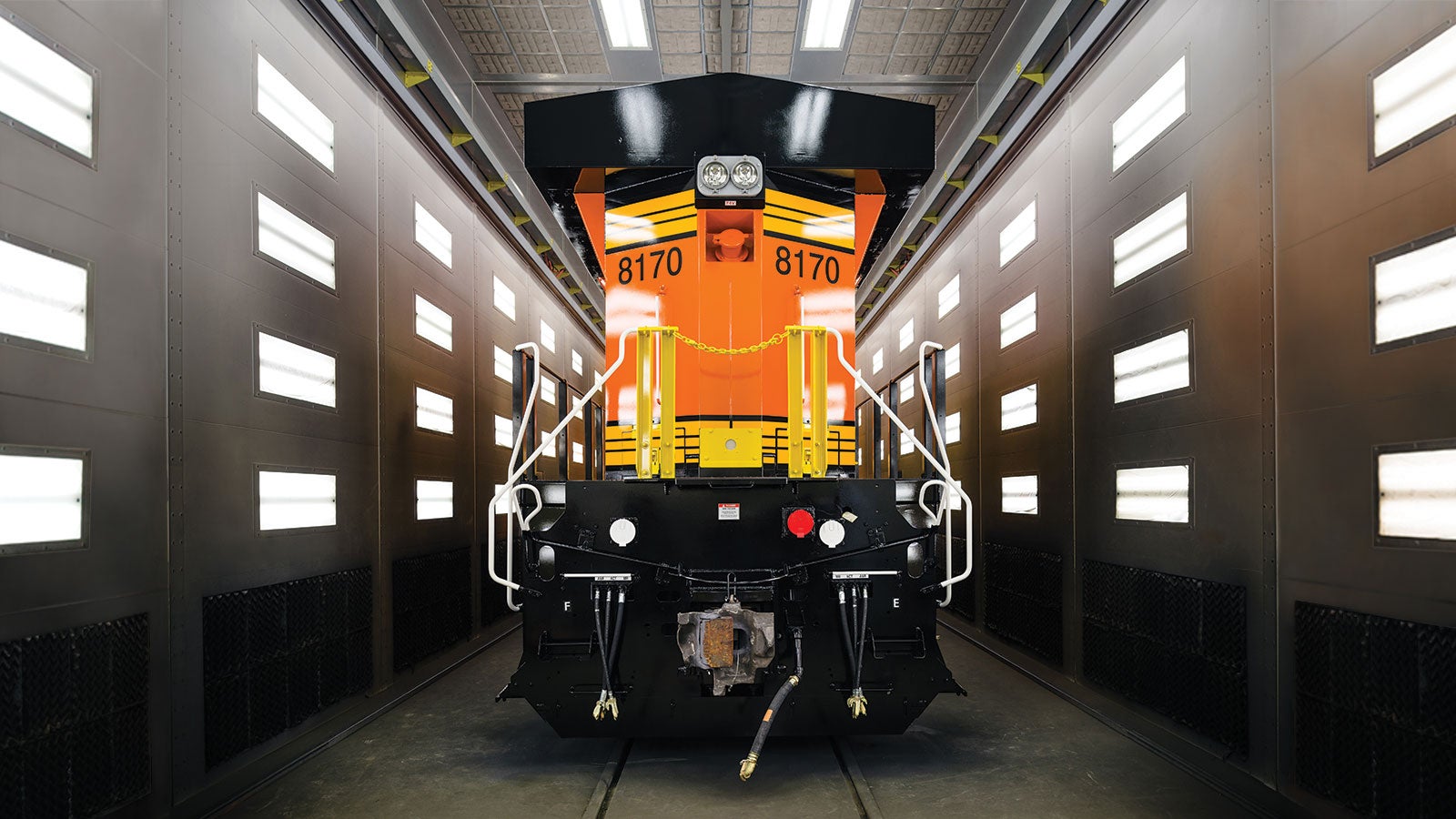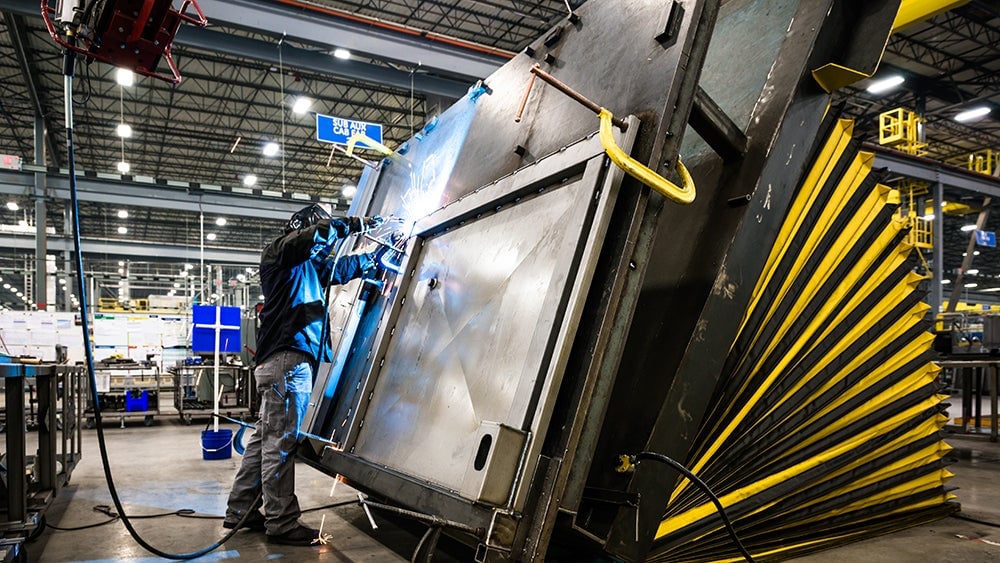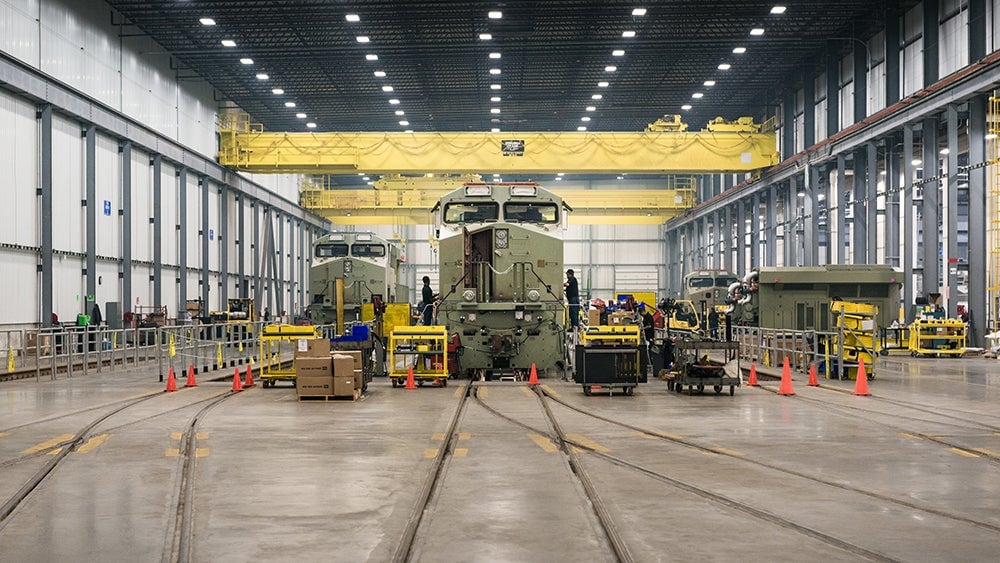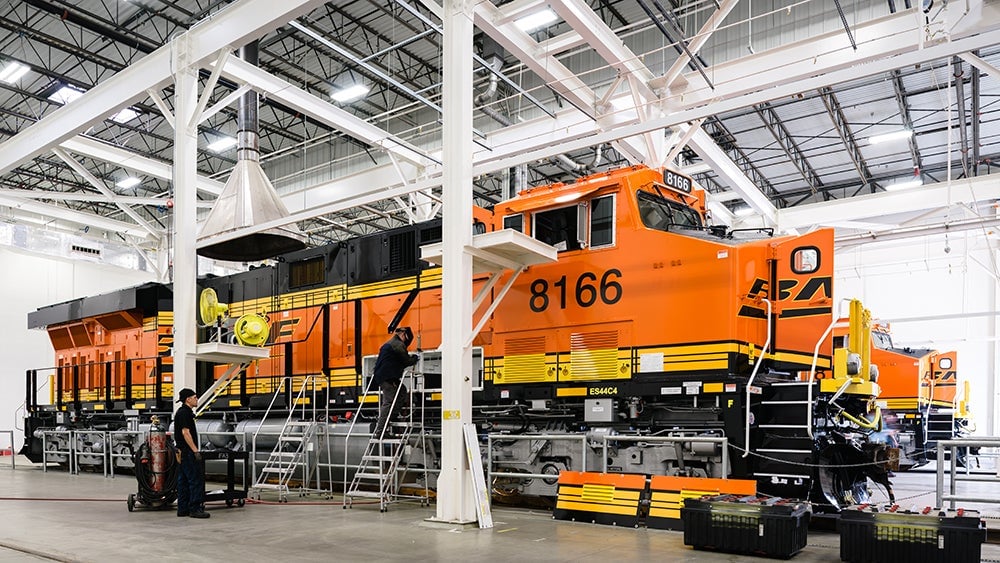This is the locomotive that meets 2015’s new environmental standards
This January, the US started enforcing aggressively stringent environmental rules for railroads. The latest Tier 4 emission standards seek to cut locomotive emissions of nitrogen oxide by 76 percent and particulate matter by 70 percent from the levels set by Tier 3 standards.


This January, the US started enforcing aggressively stringent environmental rules for railroads. The latest Tier 4 emission standards seek to cut locomotive emissions of nitrogen oxide by 76 percent and particulate matter by 70 percent from the levels set by Tier 3 standards.
When it comes to meeting the new norms, GE, which partnered to build the first diesel-electric locomotive about a century ago, is a first mover again. GE is the only manufacturer ready with an engine that will meet the tough Tier 4 standards, as it decided to go ahead with an investment of $200 million to develop the latest version of the Evolution Series of diesel locomotive. The company’s philosophy of Ecomagination–the commitment to make products that are environment-friendly and economically viable–has once again led to major innovation for the transportation sector: Other manufacturer’s Tier-4 compliant models aren’t scheduled to be unveiled until 2017 (paywall).

Teams from GE Global Research and GE Transportation spent many years experimenting with new designs and systems to build the Tier 4 Evolution Locomotive. One option was retrofitting a large filter and a 4,000-pound catalytic converter on top of the engine that would use urea to split the nitrogen oxide in diesel exhaust into nitrogen and water. GE engineers declined to pursue this option due to a need for extra maintenance and difficulty in accessing the engine. The design would have also meant US railroads would need to invest at least $1.5 billion in urea distribution infrastructure.

So GE researchers and engineers built a single cylinder engine for testing, collected its exhaust data and used software models to simulate a full-size locomotive. Testing led to a discovery that the temperature inside the cylinder must be kept at an optimum level to reduce nitrogen oxide and particulate matter. And that finding led to the development of an ingenious system that recirculates hot exhaust gas back into the engine, eliminating the requirement to have so-called after-treatment technology. GE is currently testing seven of the new locomotives around the world.
The Evolution Series had its genesis in the quest for cleaner environment. After the US Environmental Protection Agency announced a new set of regulations in 1998, GE began developing a new series of locomotives that would meet the new lower emission level standard, helping reduce carbon footprints. The first Evolution model entered production in 2005, the result of eight years of development and investments of $400 million.

Today, more than 6,500 of these locomotives are in operations in 10 countries including Australia, Kazakhstan, Mongolia, and China. The Evolution, named by Trains magazine as one of “the 10 locomotives that changed railroading,” is powerful enough to pull 170 Boeing 747 jetliners, but its 12-cylinder engine consumes 5% less fuel than the larger and traditionally more powerful 16-cylinder engines. Inside the Evolution, some 250 sensors emit about 9 million data points per hour, adding a digital brain to the leviathan that measures 73-feet long and weighs around 220 tons.
When the new Tier 4 Evolution Locomotives are released onto the tracks in the coming months, it will mark a new era for the rail industry. It will also mark a moment when GE’s vision of the future is once again brought to reality.
This article was produced on behalf of GE by the Quartz marketing team and not by the Quartz editorial staff.